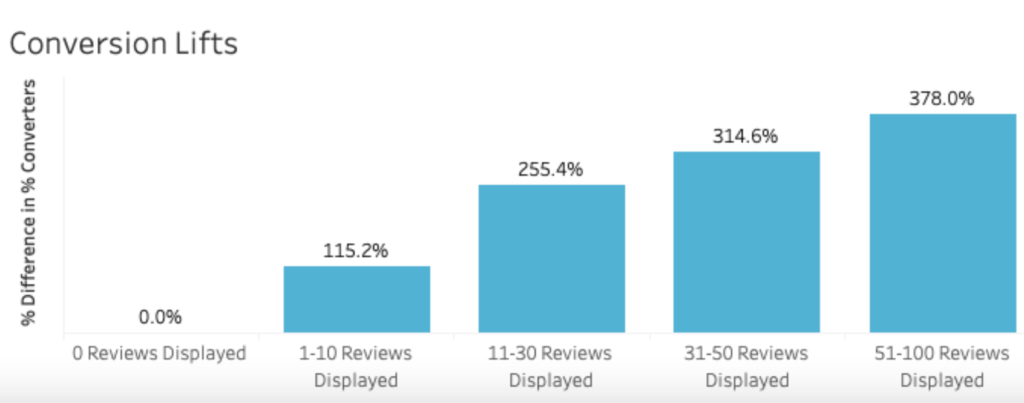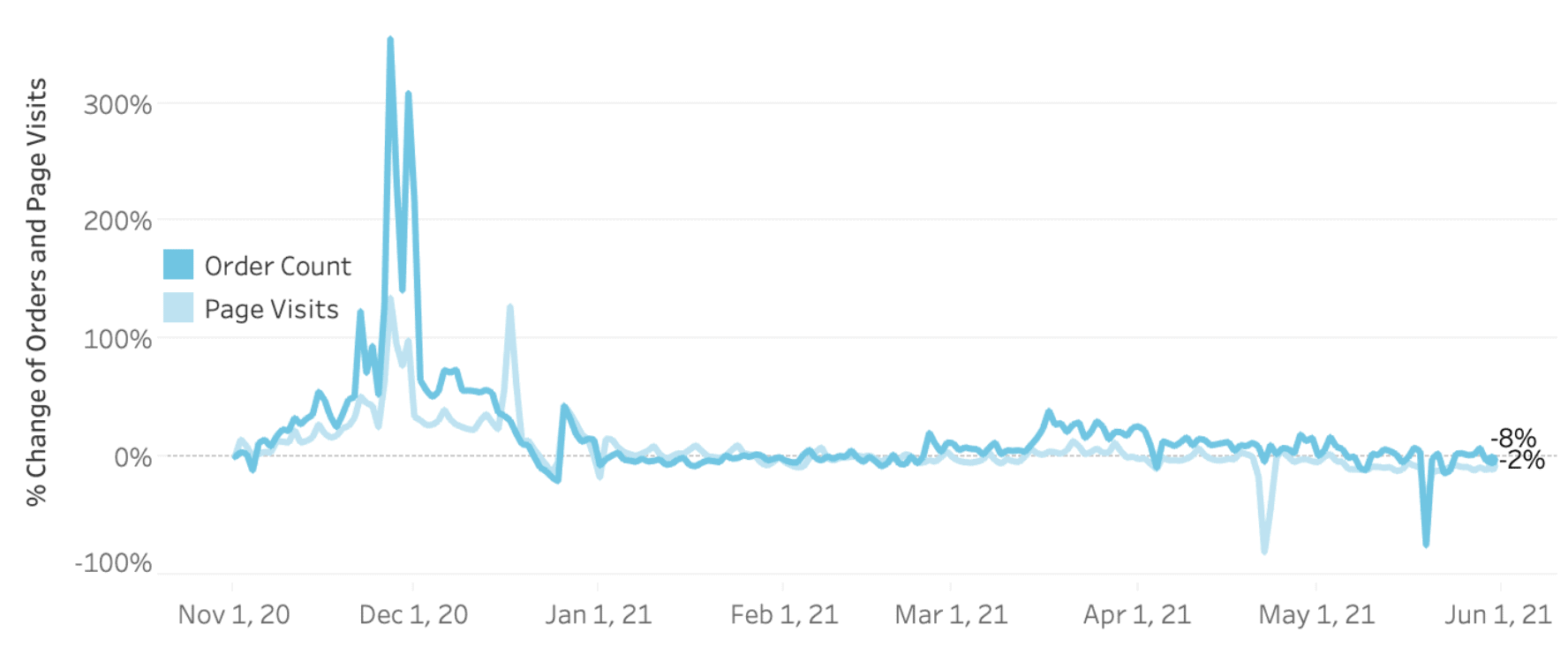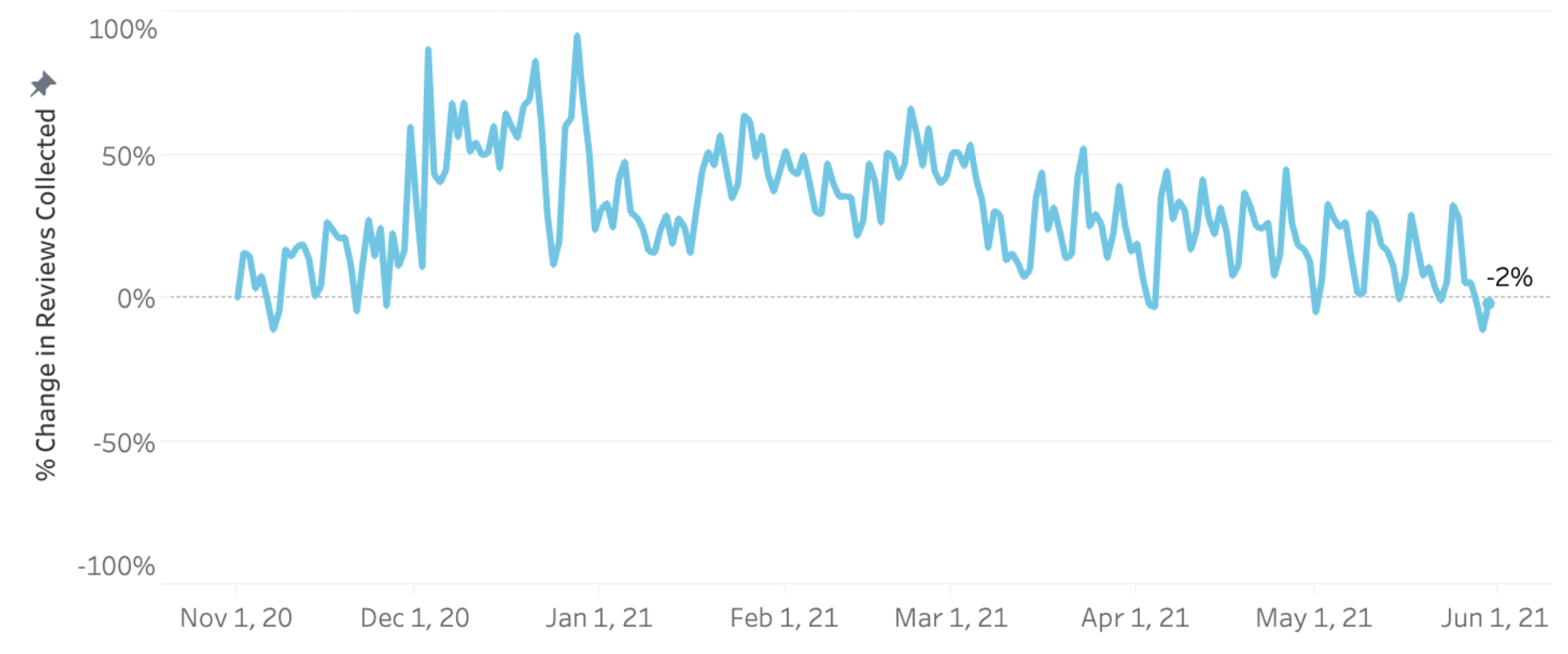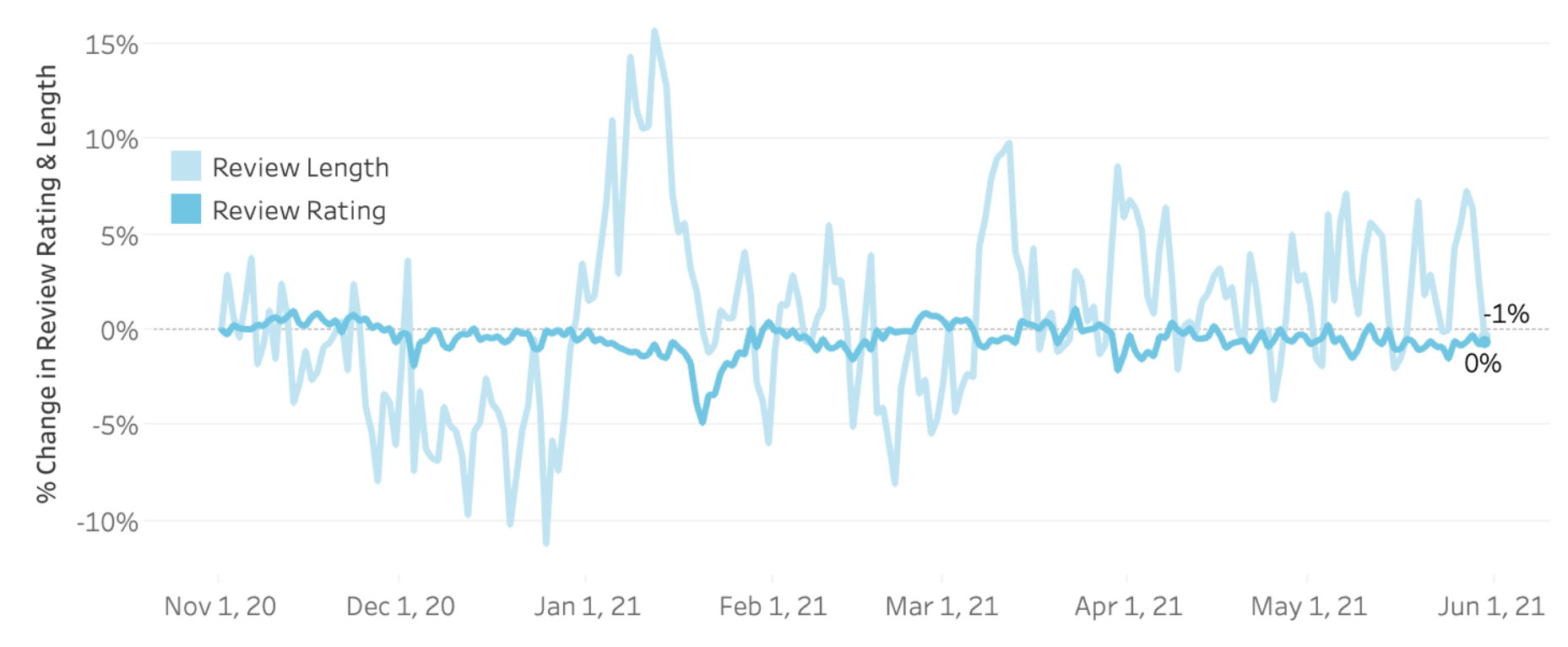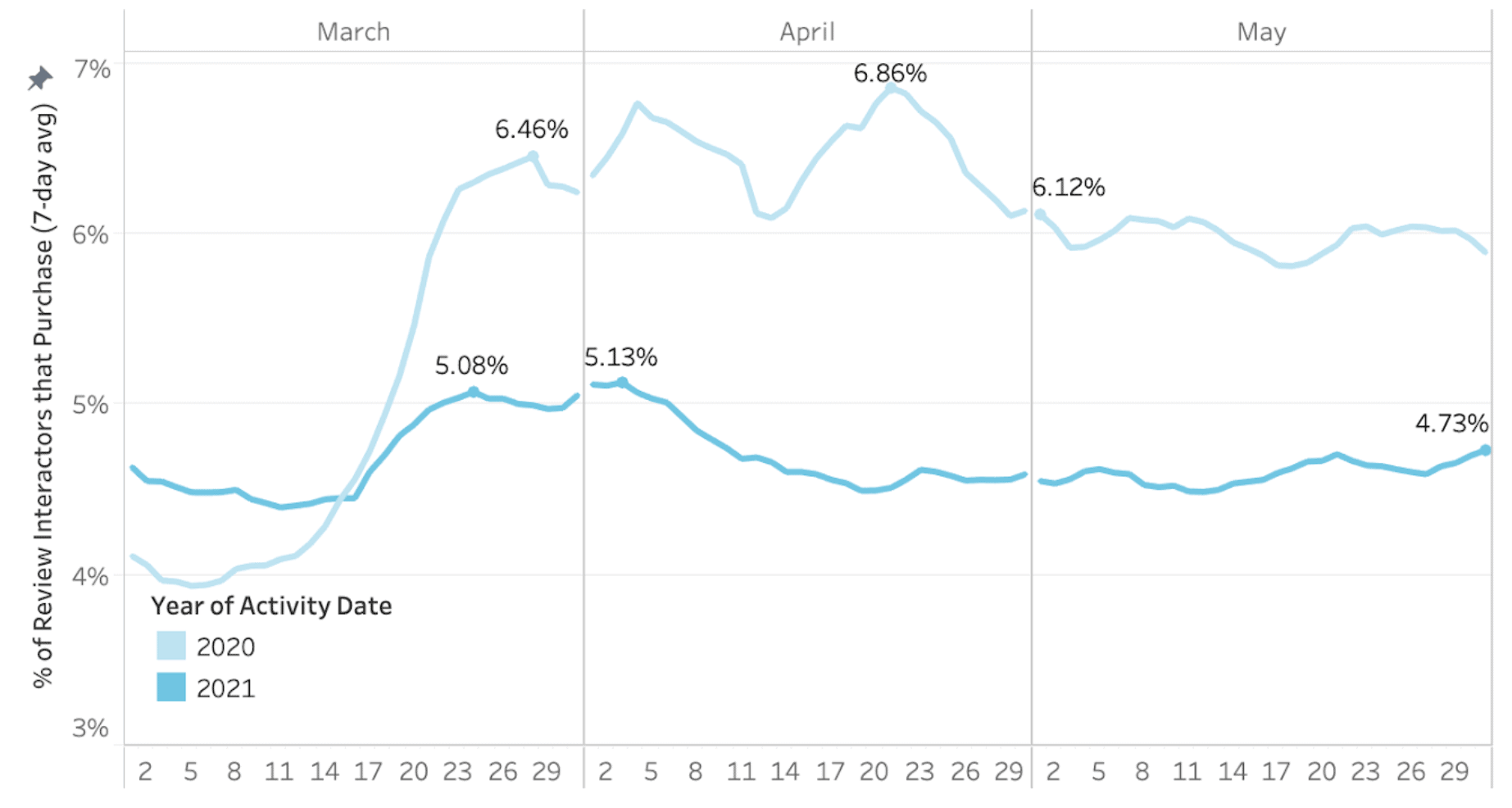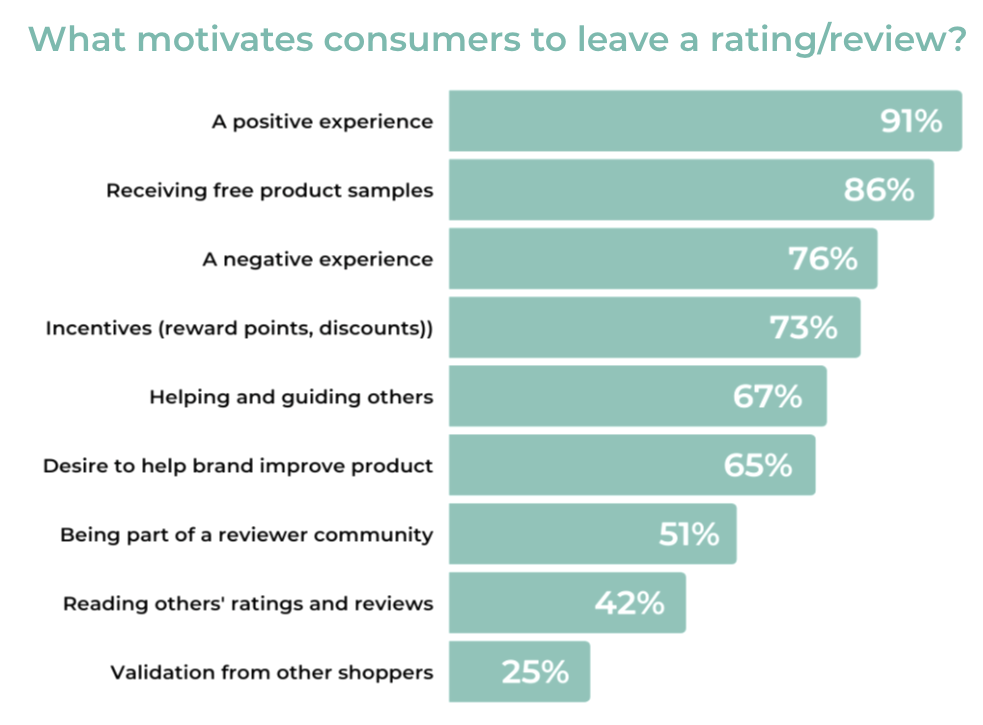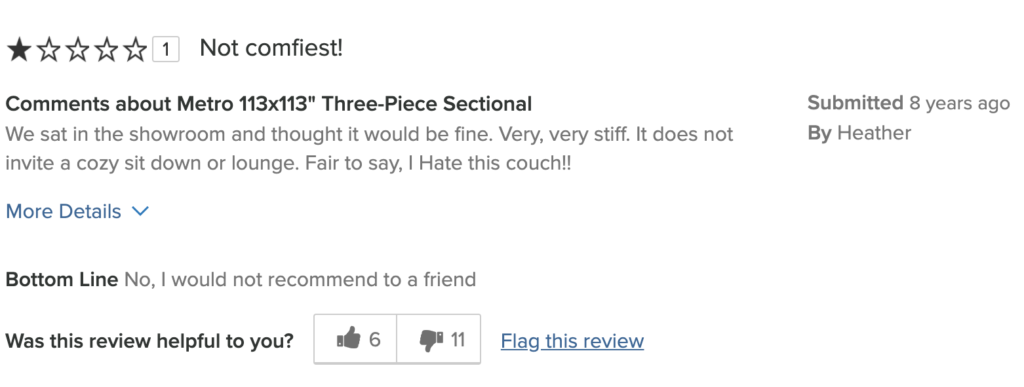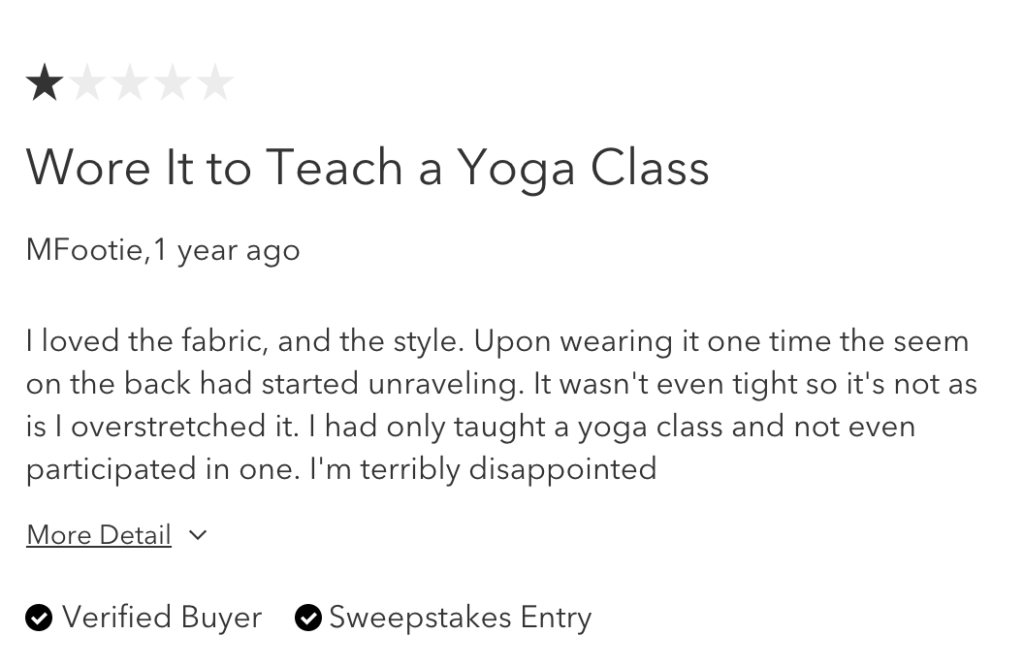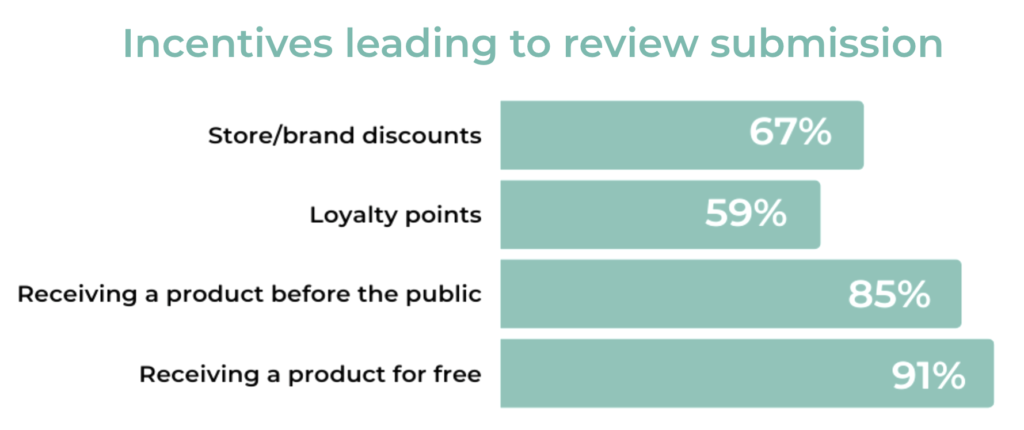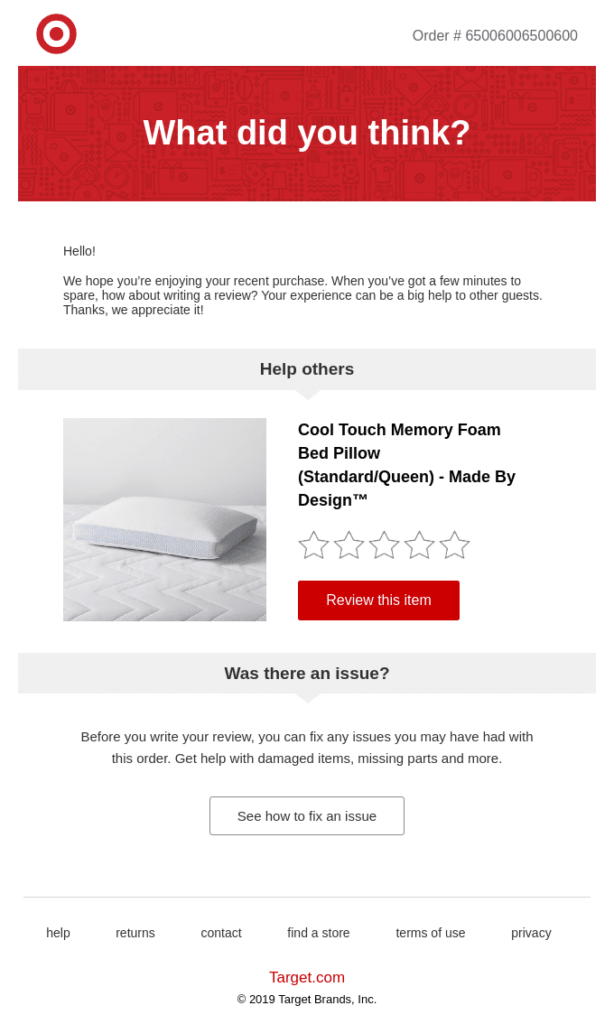Power Points
- Millennials are the largest living generation. Today, there are 72.1 million in the U.S.
- Millennials are the generation with the most digital buyers. Today, 85.9% of Millennials make purchases online.
- On average, Millennials make 60% of their purchases online.
- Millennial shoppers depend on ratings and reviews to make informed purchase decisions, regardless of channel. 99.9% read reviews when shopping online and 63% do so when shopping in-store.
- Millennials don’t write reviews as frequently as they read them. Just over half write reviews multiple times per month.
- Understanding what motivates Millennials to write reviews can help brands and retailers generate more content from this large, important demographic.
Millennials, people born between 1981 and 1996, are a force to be reckoned with.
Today, there are 72.1 million Millennials in the U.S., making it the largest living generation. And they’re willing to spend money with the brands they love. According to Statista, Millennial-led households in the U.S. spent an average of nearly $60,000 in 2019.
There’s no denying that the shopping habits of Millennial consumers are vastly different from those of the generations that came before them.
Namely, Millennials shop online more than older generations — and they depend on feedback from other consumers throughout the purchase journey.
In order to attract and retain Millennial shoppers, brands and retailers must understand these key differences — and adapt their strategies accordingly.
Reviews are Essential for Online Millennial Shoppers
Millennials were the first generation to grow up with the internet. So it’s probably not surprising that they’re also the generation most likely to shop online. According to eMarketer, 85.9% of Millennials were digital buyers in 2020, compared to 78% of Gen X and 60.9% of Baby Boomers.
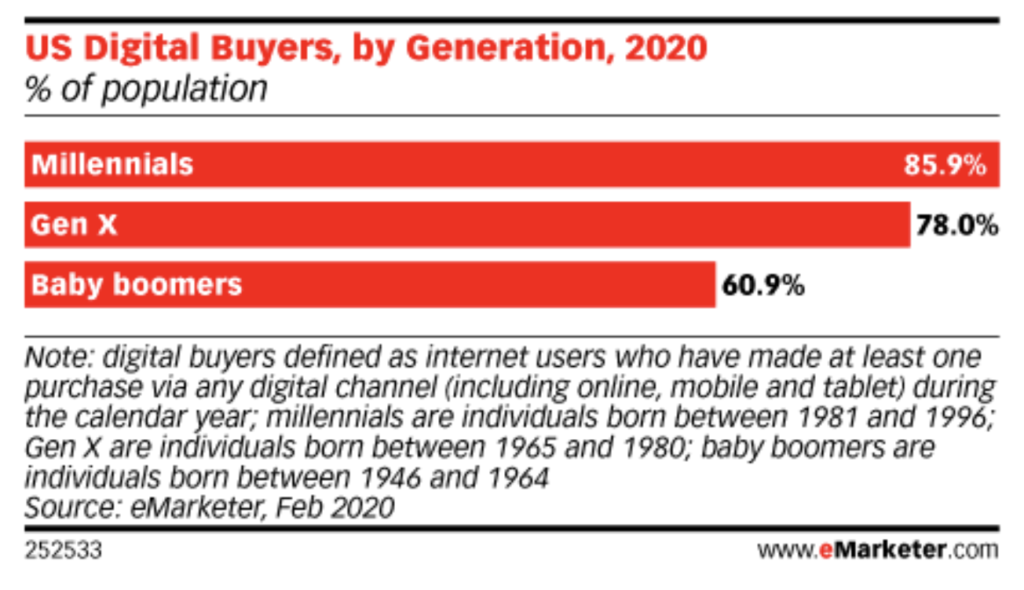
When they’re shopping online, they depend on reviews and other types of user-generated content to navigate the journey and make informed purchase decisions. In fact, 99.9% of Millennials say that they read reviews when shopping online at least sometimes.
Reviews influence where Millennials choose to shop online — more so than any other generation. 85% of Millennials say they specifically seek out websites with reviews, compared to 76% of Gen X’ers and 70% of Boomers.
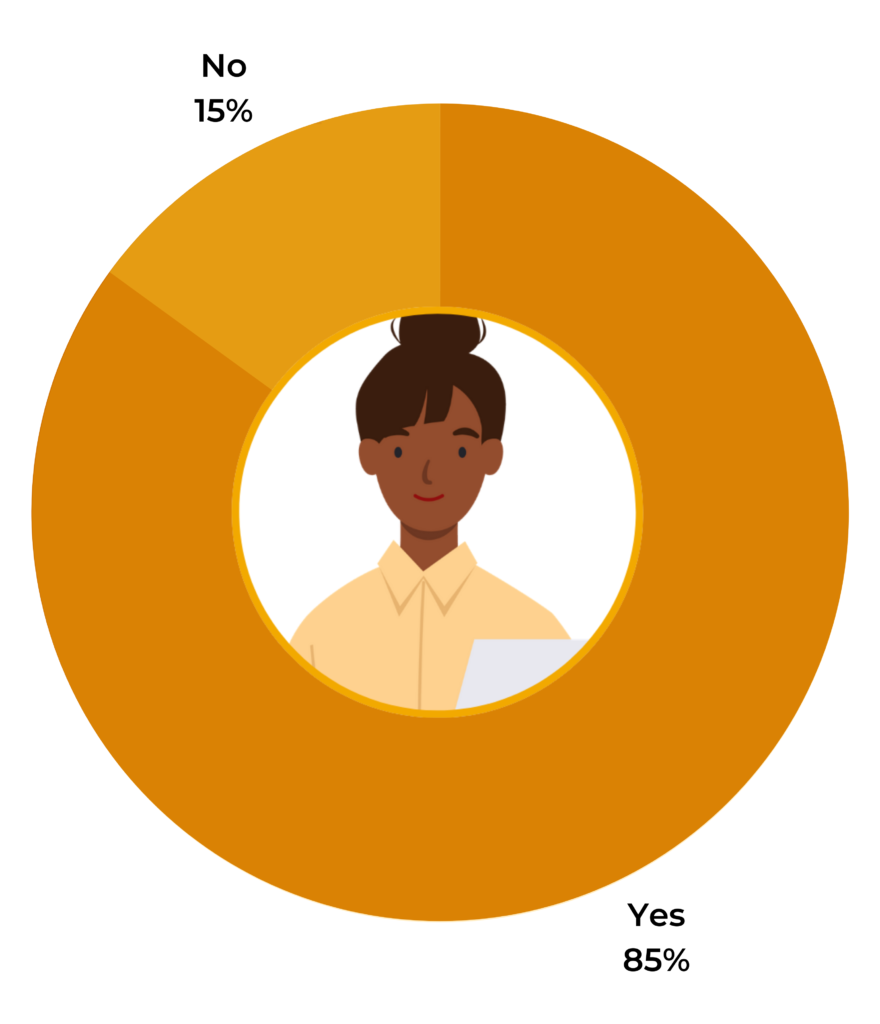
And if Millennials can’t find the content they’re looking for, they’re likely to pass on the product altogether. Nearly half (48%) of Millennials indicate that they won’t purchase a product if there are no reviews for it, compared to 42% of Gen X shoppers and 39% of Boomers.
Of course, glowing reviews help Millennial shoppers understand how great a product is. But this generation also wants to learn about the worst case scenario before committing to a purchase.
And they do this by reading negative reviews. 97% of Millennials specifically seek out negative reviews at least sometimes. And 60% say they specifically seek out one star reviews. In fact, Millennials are the generation most likely to seek out one star content.
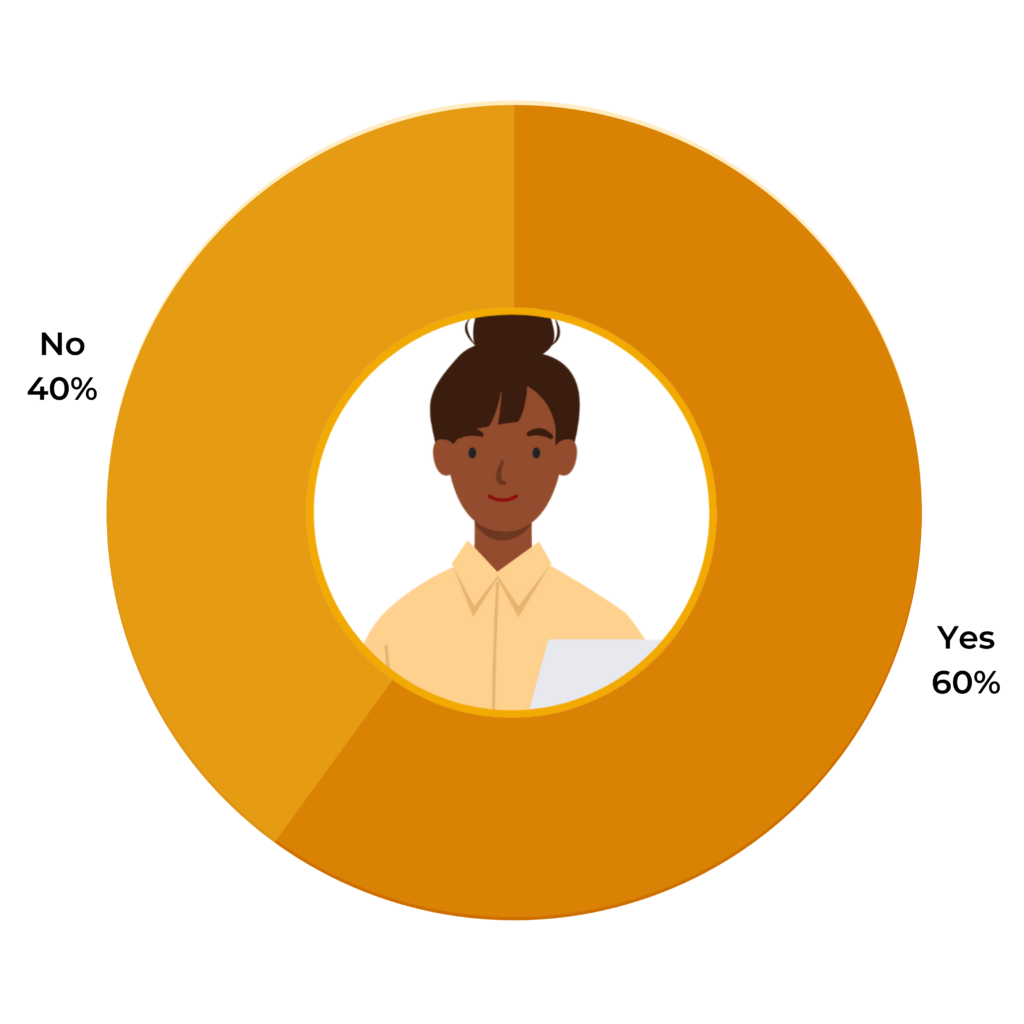
Negative reviews help Millennial shoppers make better purchase decisions. What’s more, when you display negative reviews, it helps you earn the trust of Millennial shoppers. After all, 47% say they’re suspicious of products with a perfect five star rating.
Millennials Use Reviews In-Store, Too
Up until this point, we’ve focused on how reviews impact online shopping behavior. But today, most Millennials continue to do at least some of their shopping in a brick-and-mortar store. Per Digital Commerce 360, Millennials do 60% of their shopping online. The remaining 40% happens in a physical store location.
Millennials use reviews when shopping in-person, too. In fact, Millennials are the generation most likely to consult reviews when shopping in brick-and-mortar stores. 63% of Millennials read reviews when shopping in physical store locations, compared to 56% of Gen X shoppers and 39% of Boomers.
How to Generate More Reviews from Millennial Shoppers
Millennials are shopping online more than any other generation. And they place a tremendous value on reviews when they do so.
So it’s easy to assume that Millennials also write a lot of reviews. But that’s not exactly the case. Our research found that just over half (53%) of Millennials say they write reviews multiple times per month.
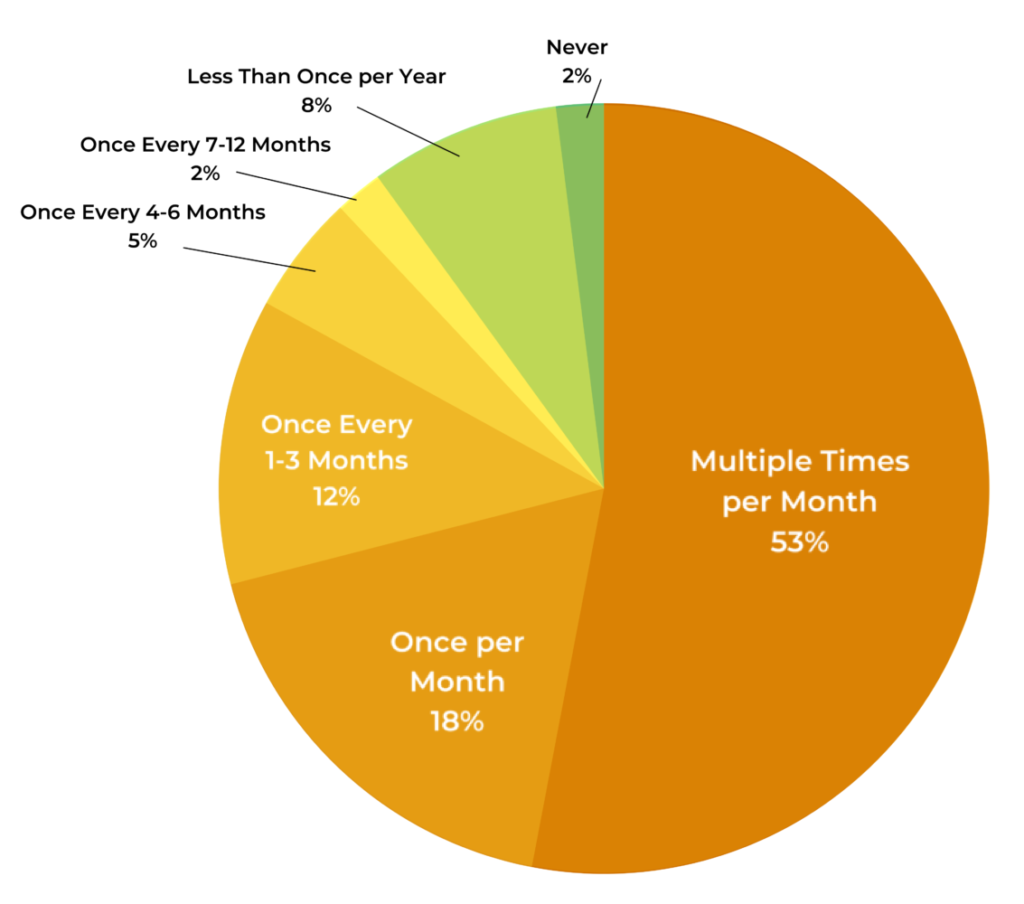
Once you determine what motivates Millennial shoppers to write reviews, there’s potential to significantly increase your review volume. But what exactly do you need to do to encourage more reviews from this demographic?
Recently, we surveyed more than 10,000 consumers to understand what motivates them to write reviews. For the purposes of this blog, we’re zeroing in on the behaviors of Millennial shoppers to provide five recommendations for generating more content from this group.
1. Deliver Great Experiences
You may think Millennials are more likely to write reviews if they’ve had a bad experience. But our research tells us this actually isn’t the case.
Rather, a great experience is the top motivator for Millennials to write reviews. 92% of Millennials say that a great experience motivates them to write a review, compared to 76% that indicate a negative review motivates them to write a review.
So make it a priority to consistently deliver great products and experiences to your customers.
Of course, developing great products is essential. But so too is managing expectations. Be sure to provide plenty of information — including comprehensive product descriptions, customer reviews, and professional and shopper-submitted photos and videos — to ensure shoppers have realistic expectations of your products.
That way, when the product arrives, it’ll meet customer expectations — and their great experience with your product will make them more likely to leave a review.
But remember: a great product is just one factor that contributes to a customer’s experience.
It’s also important to focus on ways to improve the experiences your shoppers have with your brand throughout the purchase journey — from browsing on your website, mobile app or brick-and-mortar store to reaching out to your customer service team when something goes wrong.
After all, Salesforce research found that 80% of consumers indicate that the experience a company provides is as important as its product or service.
Great experiences lead to happy customers. And happy customers are more likely to purchase from you again…and write positive reviews about your products.
2. Ask for Reviews -- But do it More Than Once
Of course, there are shoppers out there who will write reviews of their own volition. But more often than not, customers need to be prompted to submit a review.
One of the most effective ways to prompt shoppers is by sending a post purchase email, asking them to provide reviews for recently purchased products. Research tells us that up to 80% of reviews are the result of post sale emails.
But as it turns out, a single email often isn’t enough — especially among Millennials. A third of Millennials say they need to be asked twice before leaving a review, and 6% need to be asked three times!
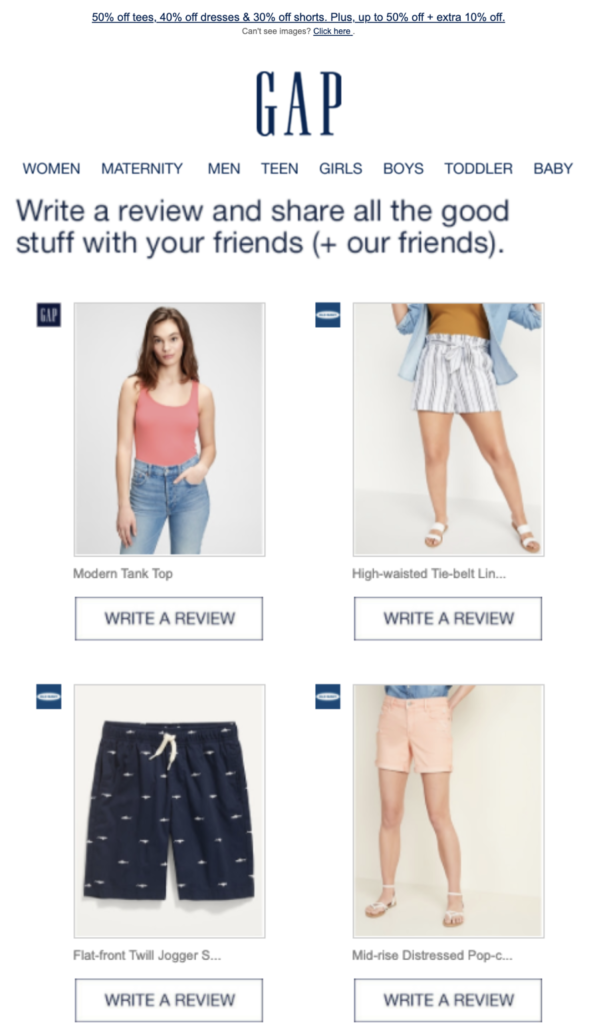
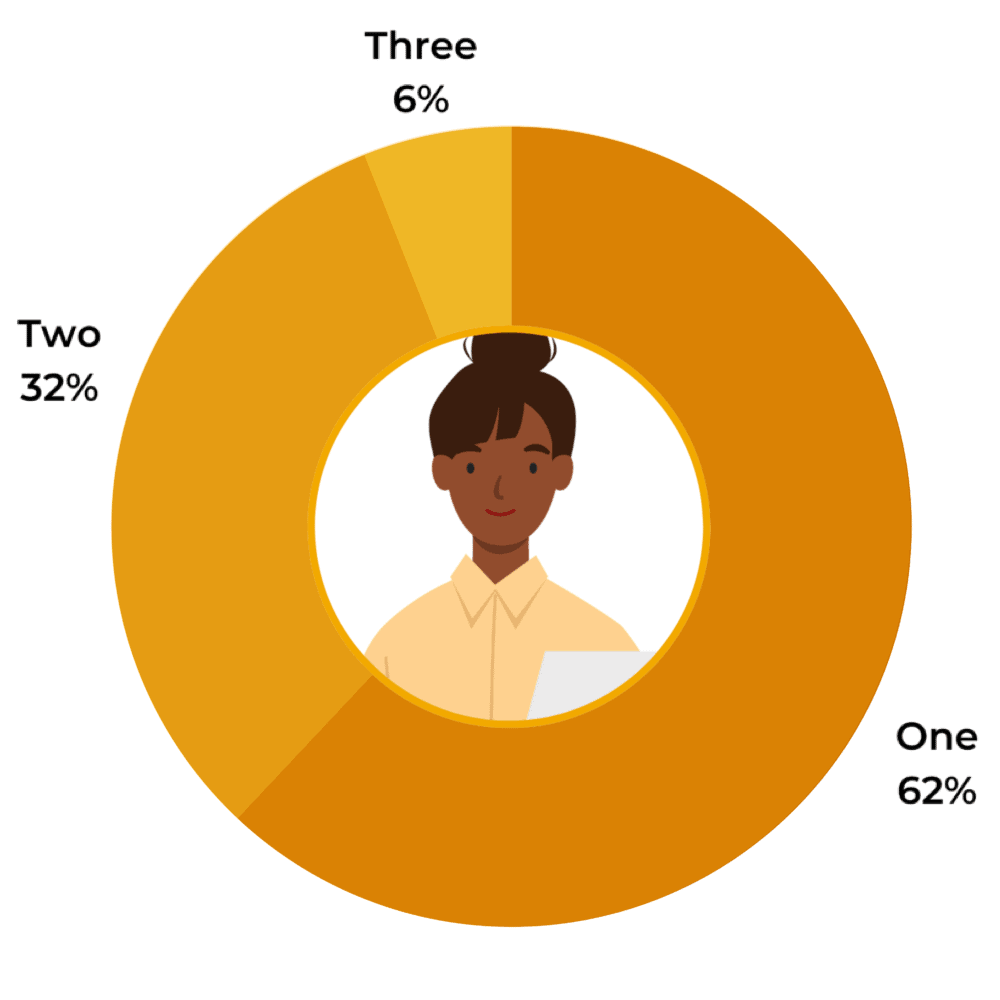
If shoppers don’t write a review after receiving your post purchase email, consider sending a second — or even a third.
It’s a low effort tactic that can help you generate a lot more review content from those Millennials who need an extra nudge.
3. Make Your Request at the Right Time
We know that it can take up to three post purchase emails to get a review from a Millennial shopper. Now, the next question is: “When’s the best time to ask for reviews?”
There’s not exactly an easy answer. Our survey also reveals that 41% of Millennials say they write reviews within four days of receiving a product — including 7% who do so the day the product arrives.
But the remaining 59% indicate they submit reviews five or more days after a product’s arrival. A quarter need to spend at least eight days with a product before they’ll consider writing a review.
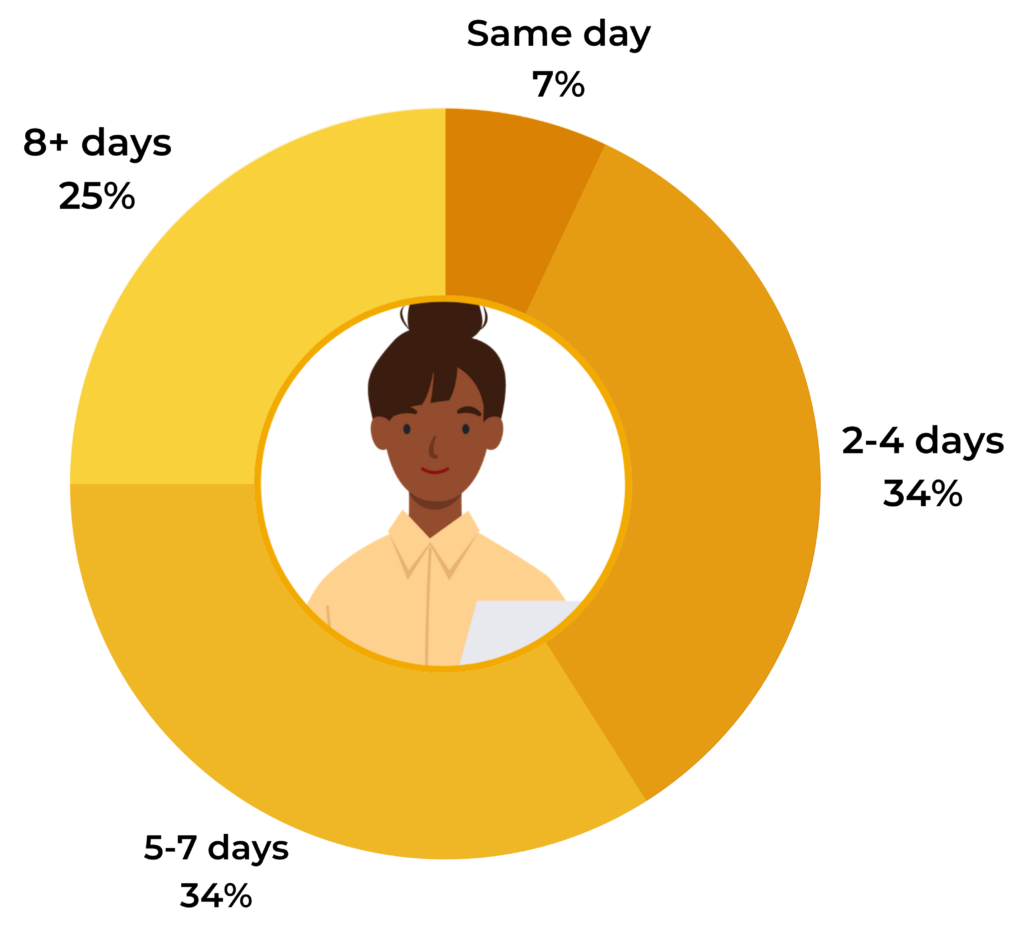
What’s more, while 32% of Millennials say they’ll write a review after using a product just once, the remaining 68% need to test drive the product at least twice before submitting feedback.
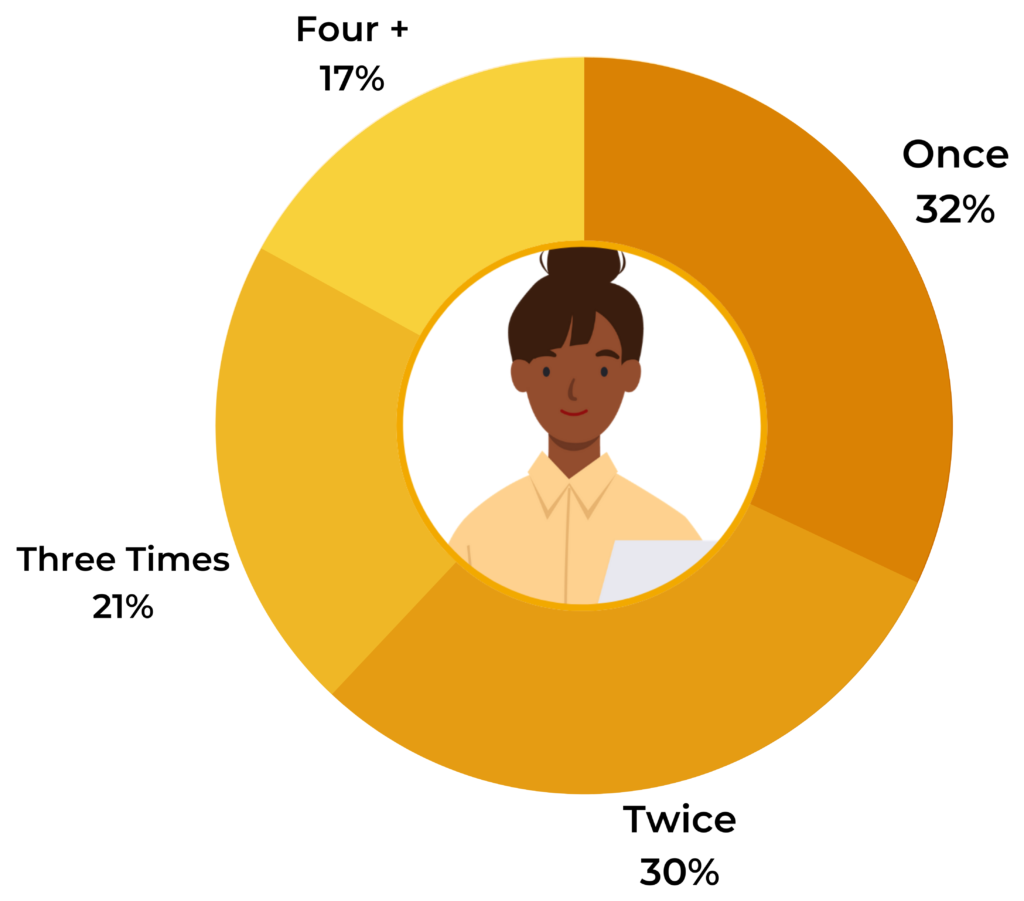
These data points support the need for multiple post purchase emails, spaced out over a few days or weeks, depending on the product category. At a minimum, send one shortly after a product has arrived to capture content from those shoppers willing to submit reviews after a single use. And send a second (and possibly, a third) email later on, once your Millennial shoppers have had a chance to try out the product in question multiple times.
4. Try an Incentive
Of course, the best way to get more reviews from Millennial shoppers is to provide them with great products and services. But if you want to quickly generate more reviews from this demographic, the right incentive can go a long way.
After all, 73% of Millennials indicate that an incentive would motivate them to write a review.
When you’re asking for reviews from Millennial shoppers, consider sweetening the deal by offering an incentive. The most enticing incentive for Millennials is receiving a free product sample, which probably isn’t a big surprise.
In fact, a product sampling campaign is a proven way to generate a high volume of content quickly (on average, brands and retailers that leverage PowerReviews’ sampling capabilities find that 86% of those who receive a free sample will go on to write a review).
However, there are other incentives that intrigue Millennial shoppers, including early access to a product (84%), discounts (74%) and loyalty points (65%).
Here at PowerReviews, we also have many clients that significantly boost their review volumes by offering an entry into a sweepstakes in exchange for a review.
Whatever incentive you choose, make sure it’s prominently showcased in your post purchase emails.
For example, this post purchase email invites the consumer to enter a sweepstakes by mentioning a hashtag in their review.
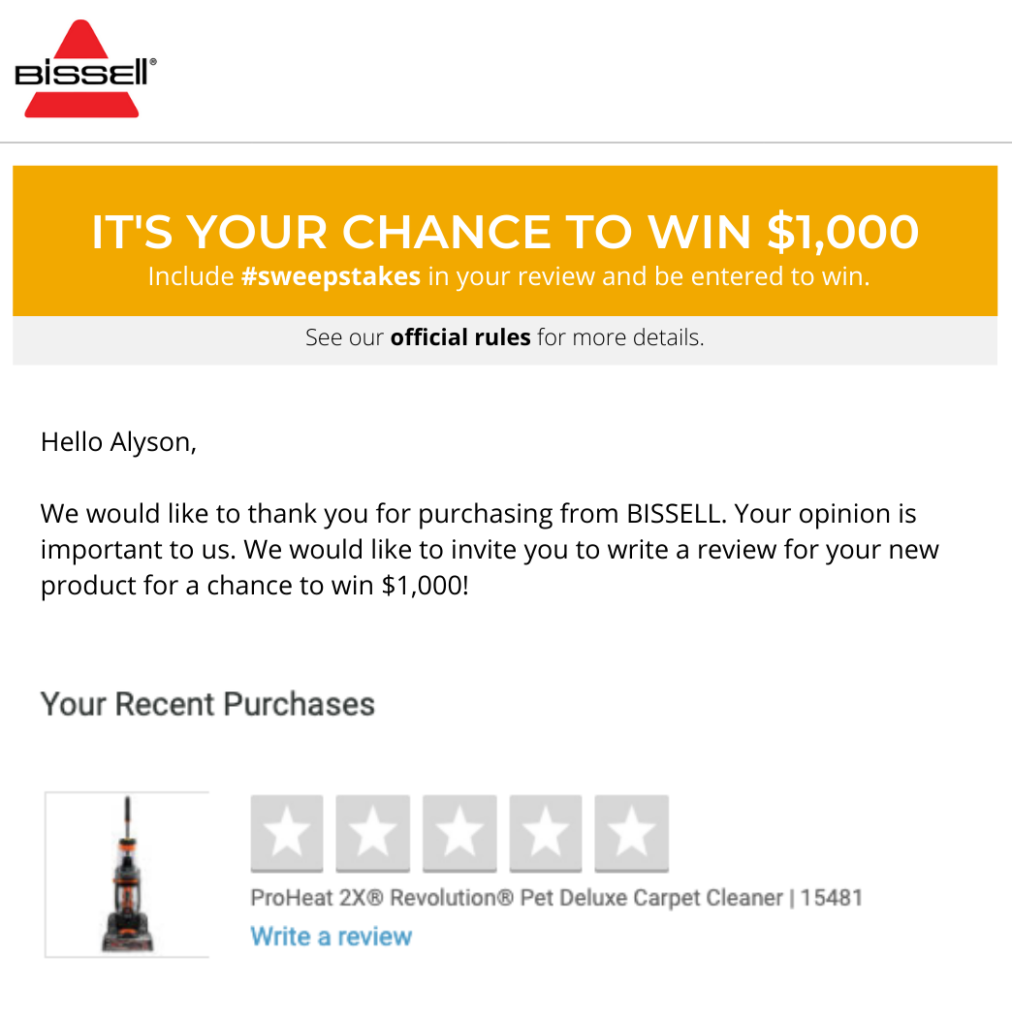
It’s also a good idea to call out the incentive on the review submission page. For example, when a shopper clicks on the post purchase email above, they’re taken to a page that reminds them that they’re eligible for a sweepstakes entry for writing a review.
Finally, be sure to disclose when a review was written as the result of an incentive. For example, shoppers can clearly see that the customer who wrote this (syndicated) review did so on the brand’s website and received an entry into a sweepstakes.
It’s an important way to be transparent — and preserve your customers’ trust.

5. Focus on Higher Priced Items
Our latest research found that reviews are particularly impactful for higher cost items. This is especially true for younger shoppers — including Millennials.
86% of Millennials say they read more reviews for expensive products, compared to 70% of Boomers and 78% of Gen X shoppers.
The most logical explanation is that there’s risk associated with purchasing expensive items, and reviews provide social proof that can help shoppers overcome that risk.
Interestingly, over a quarter of Millennials (28%) also say they’re more likely to write reviews for expensive products.
Reviews can give Millennials the confidence they need to purchase an expensive product. But a good number of Millennials are also more likely to write reviews for higher priced products.
So, put a bit of extra effort into collecting reviews for the more expensive items in your product catalog. One way to do that is to send an extra post purchase email to customers who purchase these higher priced items.
Start Leveraging Reviews to Connect with Your Millennial Shoppers
Millennials depend on reviews whether they’re shopping online or in-store. Brands and retailers must provide plenty of this content, or risk losing shoppers to a business that does.
Millennials also have the potential to be a rich source of reviews for brands and retailers. But it can be challenging to generate reviews from this busy group of shoppers, especially because their behaviors and motivations are different from other generations.
The first step is to understand what motivates Millennials to write reviews. Then, you can use those insights to evolve your approach to review collection — and start generating a higher volume of reviews from this important demographic.
To put it simply, more millennial reviews = more millennial conversions and sales = more millennial reviews = more millennial conversions and sales…and so on and so on.


